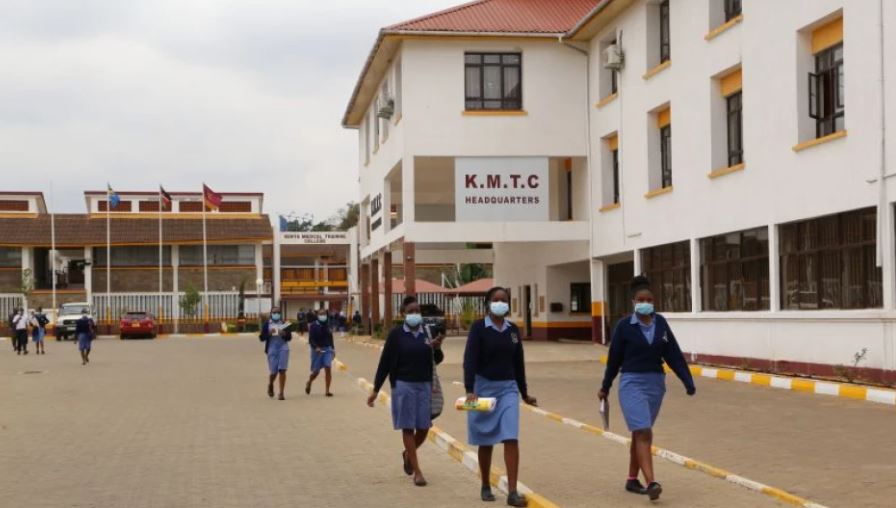More than 50,000 students who attained the minimum university entry grade in the 2024 Kenya Certificate of Secondary Education (KCSE) examination were not placed in any institution through the Kenya Universities and Colleges Central Placement Service (KUCCPS), the Ministry of Education has confirmed.
Speaking during the official release of the 2024/2025 placement results, Education Cabinet Secretary Julius Ogamba said 42,000 qualified students either chose not to apply for placement or declined to pursue university education altogether, while another 7,000 applicants failed to secure slots in their selected courses.
“The students who scored C+ and above, we have 7,640 who elected to go to TVET institutions other than a university. We have 6,750 who chose to join KMTC and other institutions and primary TTCs,” said Ogamba.
Despite the high number of eligible candidates missing out on placement, KUCCPS noted a strong preference among applicants for engineering, medicine, and education programmes.
Surge in Teaching and KMTC Applications
The primary teacher diploma programme emerged as one of the most competitive, attracting 20,786 applications for a declared capacity of 13,823. Ultimately, 11,636 students were successfully placed in this course, reflecting growing interest in teaching careers, particularly under the new Competency-Based Curriculum (CBC).
Kenya Medical Training Colleges (KMTCs) also saw a significant spike in applications. A total of 52,725 students applied for admission into various KMTC programmes, of whom 25,034 were placed. The top choices included:
- Nursing (most popular)
- Clinical Medicine and Surgery
- Medical Emergency Technician
- Community Health
Out of the total KMTC placements, 6,750 students had attained C+ or higher in the 2024 KCSE exam.
KUCCPS Portal Still Open
To accommodate those who missed initial placement, the Ministry confirmed that the KUCCPS portal remains open, allowing qualified students to continue submitting applications.
Additionally, the Higher Education Fund (HEF) is still accepting funding applications to support access to university and college education.
“We are working to ensure no student is left behind. The KUCCPS portal remains open for further applications, and financial aid options are available through HEF,” said the CS.
Lower University Costs, New Means Testing
To make higher education more accessible, the Ministry also announced that the cost of university education has been reduced by between 15% and 40%. This comes after a government review of the Means Testing Instrument (MTI) used to determine student financial need.
The revised MTI now considers:
- Historical school fees paid by a student’s household
- Land ownership or size of family farms
- Medical expenses within the household
- Previous government aid applications, including the Hustler Fund
“We are capturing all these in order to place students as close as possible to their actual financial situation. The goal is to make education affordable and accessible to all,” Ogamba said.
Looking Ahead
While the government has made strides to streamline university placement and reduce costs, the high number of unplaced students underscores ongoing challenges in education uptake, career guidance, and perception of TVET and mid-tier programmes.
The Ministry is expected to release additional guidance on the next phase of university admissions, funding allocations, and further reforms to improve placement equity and transparency


